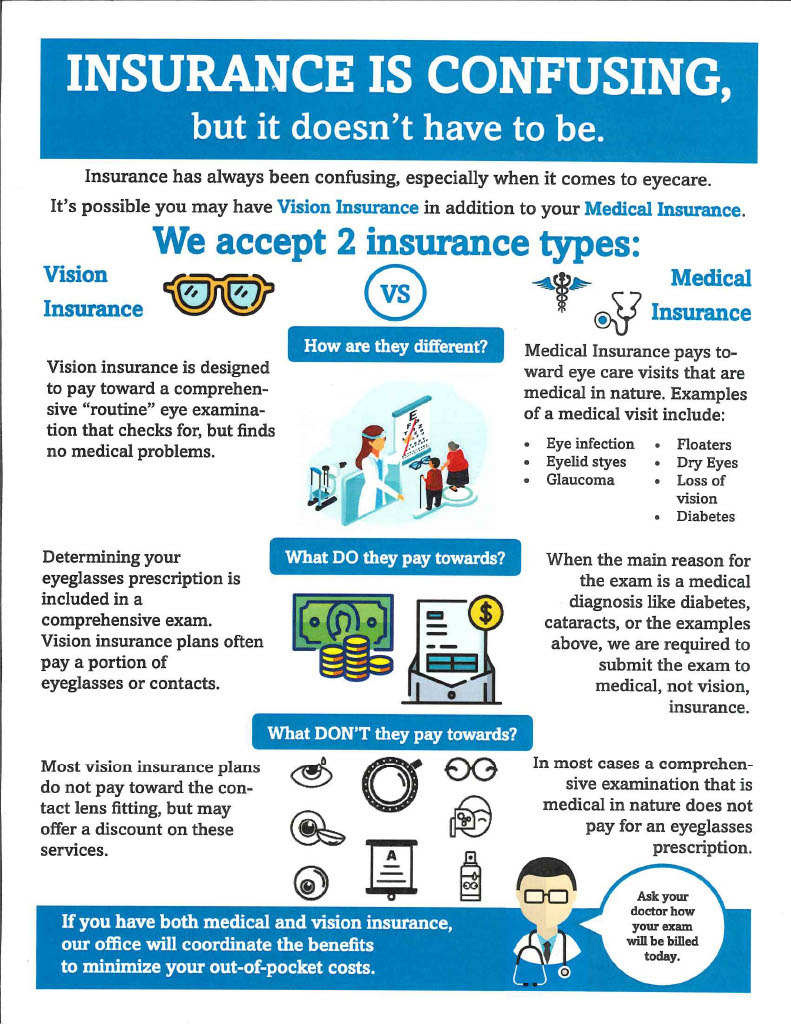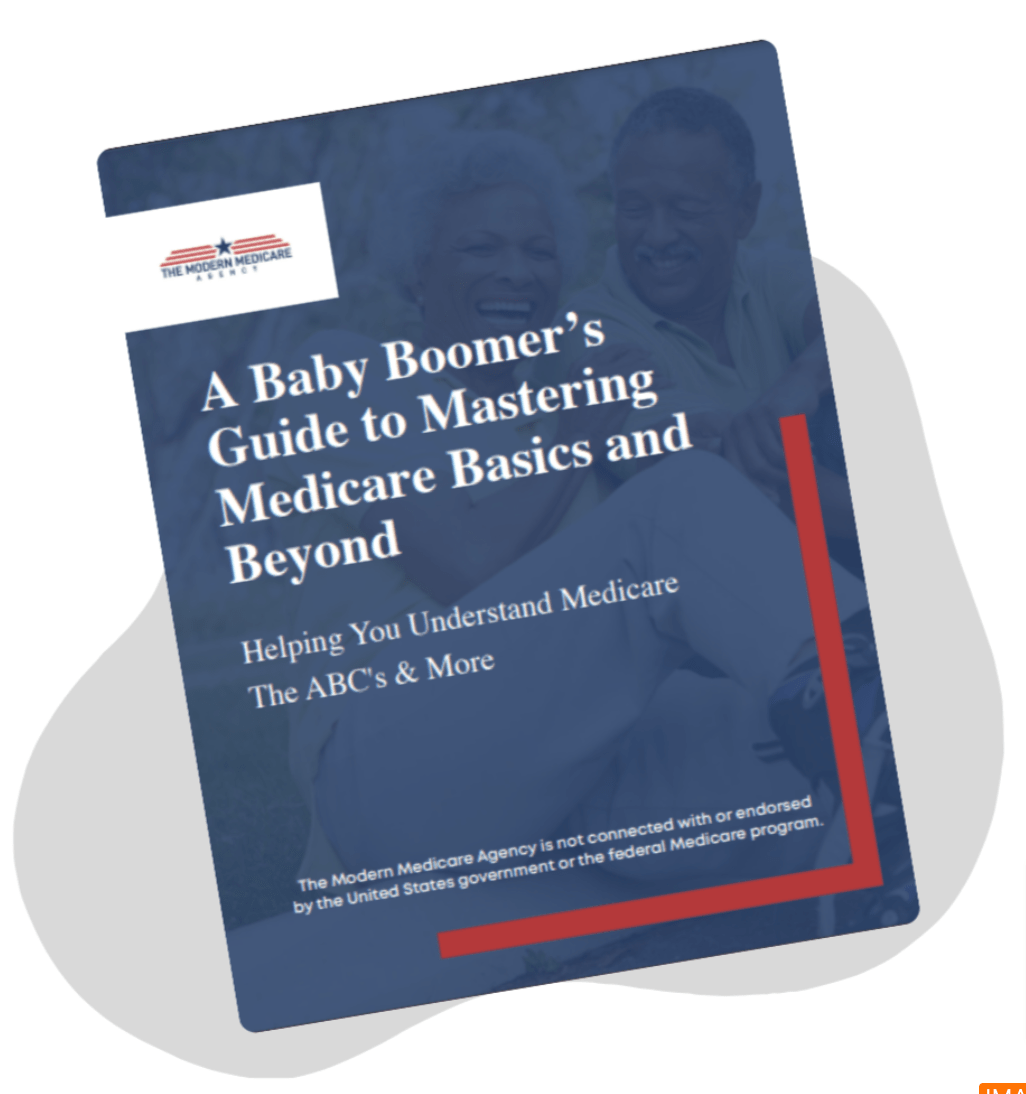The 45-Second Trick For Medicare Advantage Agent
The 45-Second Trick For Medicare Advantage Agent
Blog Article
Not known Facts About Medicare Advantage Agent
Table of ContentsFascination About Medicare Advantage AgentGetting My Medicare Advantage Agent To WorkNot known Facts About Medicare Advantage Agent


follows from confusing the perplexing young reasonably profile of the uninsured with the better health, on average, standard younger persons. For those without access to workplace wellness insurance, poor health and wellness is a prospective obstacle to acquiring nongroup insurance coverage because such protection may be highly priced, leave out pre-existing problems, or be merely unavailable. Unless or else kept in mind, nationwide quotes of people without health and wellness insurance and proportions of the populace with different kinds of insurance coverage are based on the CPS, the most commonly used source of price quotes of insurance coverage and uninsurance rates.

Getting The Medicare Advantage Agent To Work
Over a three-year duration beginning early in 1993, 72 million people, 29 percent of the united state populace, were without insurance coverage for a minimum of one month. Within a solitary year(1994), 53 million individuals experienced at the very least a month without protection(Bennefield, 1998a). 6 out of every 10 uninsured grownups are themselves employed. Functioning does enhance the possibility that one and one's household participants will certainly have insurance coverage, it is not an assurance. Even participants of families with two permanent breadwinner have virtually a one-in-ten chance of being uninsured (9.1 percent without insurance rate)(Hoffman and Pohl, 2000 ). The relationship between medical insurance and access to care is well developed, as recorded later on in this phase. Although the partnership in between health insurance policy and health and wellness outcomes is neither direct neither easy, a considerable medical and health solutions study literature links medical insurance coverage
to better accessibility to care, far better quality, and enhanced personal and population wellness condition. For instance, the 2nd report, on individual health and wellness end results for without insurance grownups, is stood for by the innermost circle of the number, while the 3rd record, on household wellness, encompasses the subjects of the 2nd record but highlights a different system of evaluation, particularly, the family. The sixth record in the series will present info regarding approaches and efforts undertaken in your area, statewide, or nationally to address the absence of insurance coverage and its unfavorable influences. Levels of evaluation for taking a look at the results of uninsurance. This discussion of health insurance coverage focuses mostly on the U.S. population under age 65 because virtually all Americans 65 and older have Medicare or various other public protection.
Moreover, it focuses particularly on those without any kind of wellness insurance policy for any type of size of time. The problems dealt with by the underinsured are in some areas similar to those faced by the without insurance, although they are generally less serious. Uninsurance and underinsurance, however, entail noticeably various plan issues, and the techniques for resolving them may vary. Throughout this a fantastic read research and the 5 reports to comply with, the main emphasis gets on persons with no wellness insurance and hence no assistance in paying for healthcare beyond what is offered with charity and safeguard organizations. Health and wellness insurance is a powerful aspect affecting invoice of treatment because both people and medical professionals reply to the out-of-pocket rate of solutions. Health insurance policy, however, is neither needed nor adequate to gain accessibility to medical solutions. The independent and direct effect of health
insurance insurance policy on access to health services solutions well establishedDeveloped Others will acquire the health treatment they require also without medical insurance, by paying for it expense or seeking it from providers who offer care complimentary or at highly subsidized rates. For still others, wellness insurance policy alone does not ensure receipt of treatment as a result of various other nonfinancial obstacles, such as a lack of health and wellness treatment providers in their neighborhood, limited accessibility to transportation, illiteracy, or linguistic and social distinctions. Official research about without insurance populaces in the USA dates to the late 1920s and early 1930s when the Board on the Expense of Healthcare created a series of records about financing physician workplace visits and hospital stays. This concern ended up being prominent as the numbers of clinically indigent climbed during the Great Anxiety. Empirical research studies continually support the link in between access to care and enhanced health end results(Bindman et al., 1995; Starfield, 1995 ). Having a normal source of care can be thought about a predictor of access, instead of a direct measure of it, when check over here health and wellness end results are themselves utilized as gain access to indications. This expansion of the concept of access measurement was made by the IOM Board on Keeping An Eye On Gain Access To to Personal Wellness Care Solutions(Millman, 1993, p. Whether parents are guaranteed appears to influence whether their youngsters obtain treatment in addition to just how much careeven if the children themselves have protection(Hanson, 1998). The health of parents can influence their capability to care for their kids and the level of family tension. Bothering with their children's accessibility to care is itself a source of anxiety for parents. Three phases adhere to in this report. Chapter 2 supplies a review of how employment-based medical insurance, public programs and individual insurance plan operate and connect to give substantial yet incomplete insurance coverage of the united state populace. This includes a testimonial of historic trends and public laws affecting both public and private insurance coverage, a discussion of the communications amongst the various kinds of insurance coverage, and an assessment of why individuals relocate from one program to one more or wind up

Report this page